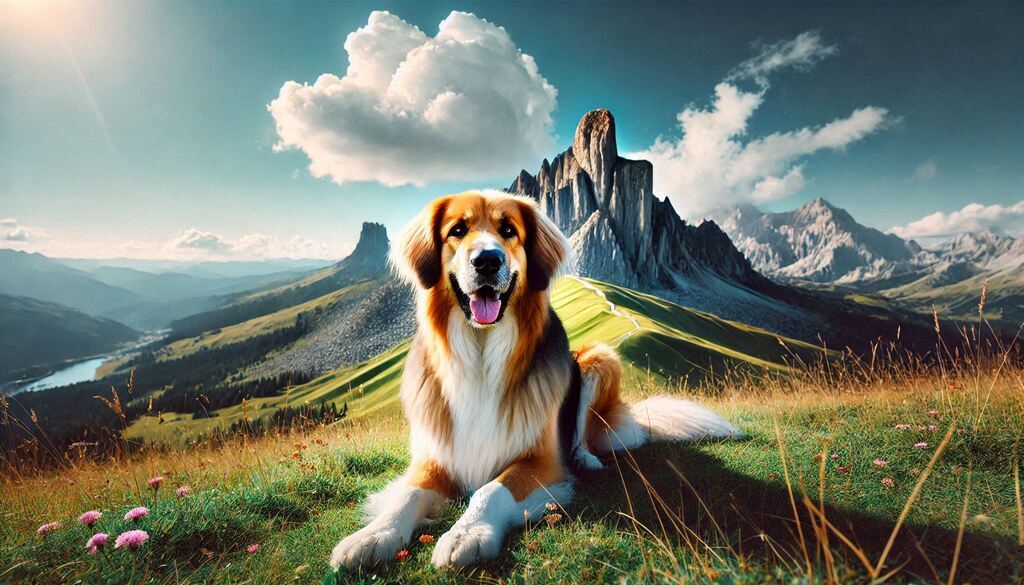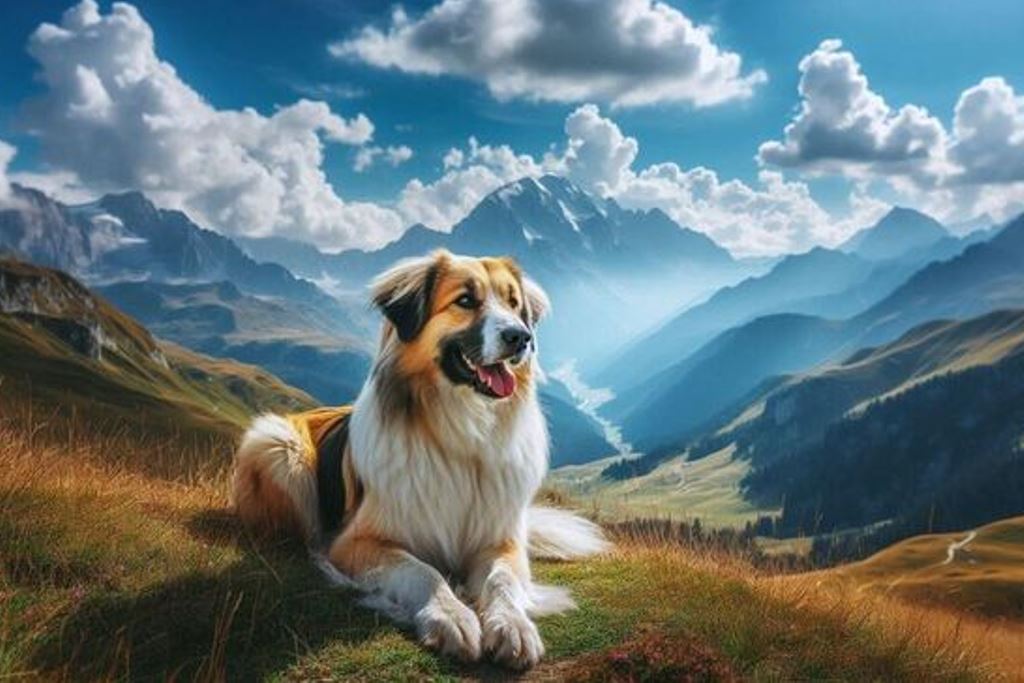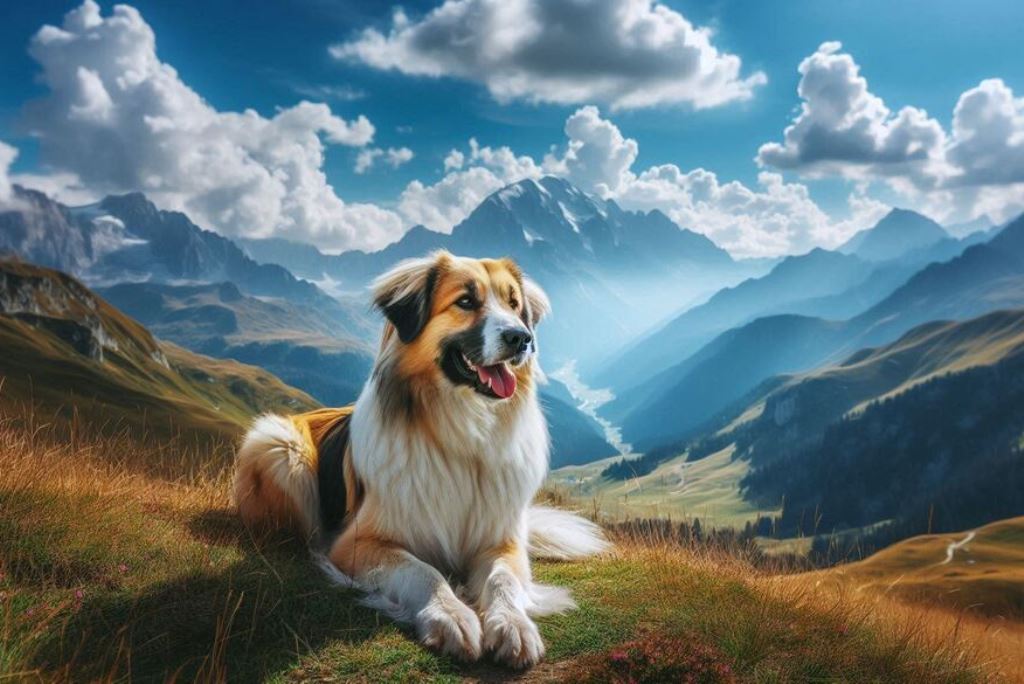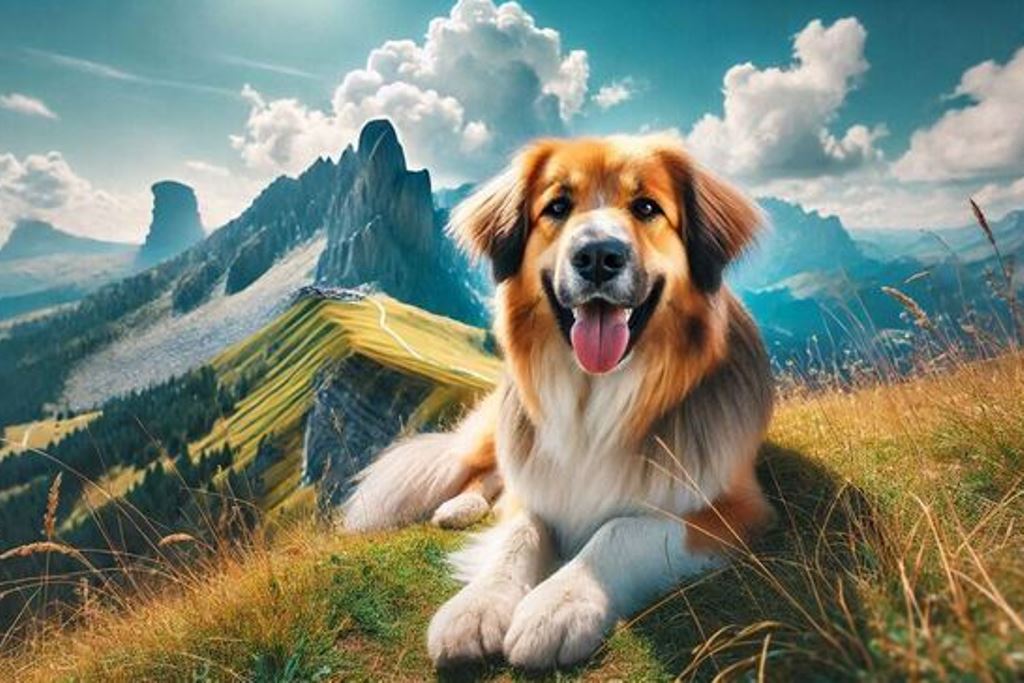
The Lessinia and Lagorai Shepherd Dog Breed
The Lessinia and Lagorai shepherd is a very ancient breed and has developed in Italy between the provinces of Trento, Vicenza, Verona, and Belluno, but it is widespread thanks to important transhumance routes throughout Friuli Venezia Giulia, parts of Emilia Romagna, and eastern Lombardy.
Its origins are very ancient and not very certain; there is evidence of dogs helping to graze sheep and goats as early as the Neolithic period, traces of which have come down to us through rock carvings. It is probably descended from the ancient shepherd of the Alps, which is the ancestor of several shepherd breeds, but also from the migratory waves of shepherds originating from Anatolia and Eastern Europe starting 4500 years ago.
The Lessinia and Lagorai shepherd is still bred primarily as an auxiliary for work in alpine pastures and agro-pastoral farms. This has made it possible to keep intact its natural qualities, which make it a hardy dog of excellent constitution and health, free from major hereditary diseases. A single dog can easily manage a flock or even a herd of a hundred animals, leading and guiding them by both barking and biting. It is also tireless, capable of traveling several kilometers a day. It is also known as the “Italian border collie” because of its marked intelligence and agility. Unfortunately, only a few hundred of these dogs exist, generally located in northern Italy.
Character of the Lessinia and Lagorai shepherd breed

The Lessinia and Lagorai shepherd is a purely working dog. It has a lively, curious and docile temperament, but when necessity demands, especially when working with cows and horses, it can be perceptive and combative. It establishes a relationship of complete trust and great loyalty with its owner. He is also a thoughtful, reflective and considerate dog when working, on guard he is feisty and quick-witted, but he is very balanced and is never dominant or aggressive with people or other animals.
He is a tireless worker and requires a lot of movement and exercise. He has no problem working in extreme weather and environmental conditions. When he works he does not feel hunger, thirst or fatigue, and he copes just as easily with snow, rain, winter frost and summer heat. Accustomed to working with other dogs, he is naturally predisposed to being around other pets. It is not an indoor dog and is not suitable for elderly or sedentary people. It needs to be outdoors for a good part of the day and needs a lot of exercise.
Appearance of the Lessinia and Lagorai shepherd

The Lessinia and Lagorai shepherd is a medium-sized, morphologically wolf-like shepherd dog. Height at withers for males is about 58 centimeters and weight ranges from 33 to 40 kilograms; females usually weigh slightly less.
It is slightly longer than tall, with a dry constitution and strong musculature; but it is elegant and agile in its movements. The tail is of medium length, strong and firm especially at the attachment; when at rest it hangs or is carried horizontally, when the dog is in action it is arched and carried high.
The length of the skull exceeds even if slightly that of the muzzle; the ears are large, triangular and generally carried erect, but also semi-erect or drooping. The eyes are slightly oval, medium in size, generally dark in color, hazel or amber. The truffle is black or brown in brown coats.
The coat of the Lessinia and Lagorai shepherd is semi-long with a thick undercoat, sometimes similar to that of a goat, to protect it from weather adversity during outdoor work it is generally black, or brown or even with bizarre irregular black, gray or liver spots on a white and gray background, the latter color being called merle.
Care and health of the Lessinia and Lagorai shepherd

As mentioned above, this shepherd is a hardy dog of excellent constitution and health and free of major hereditary diseases. It does not need much care for its coat, just an occasional brushing and a bath if necessary.






















